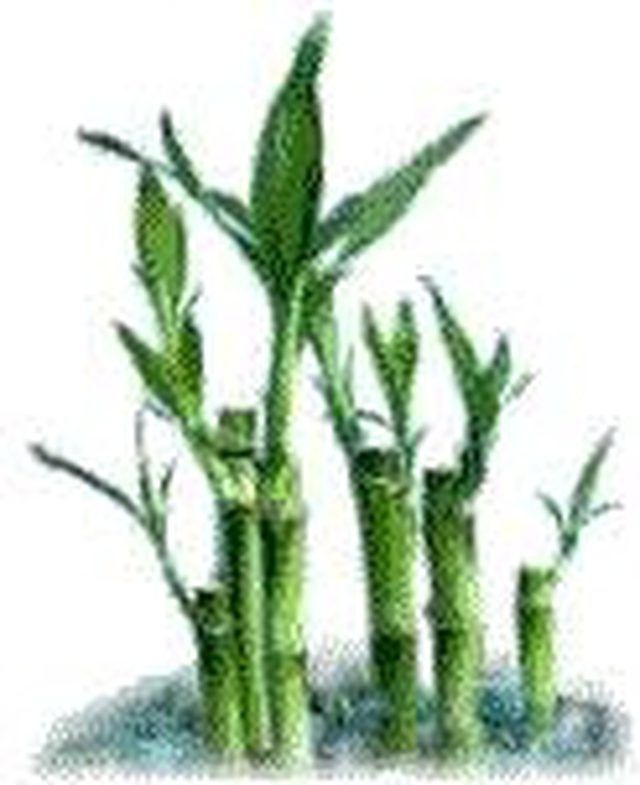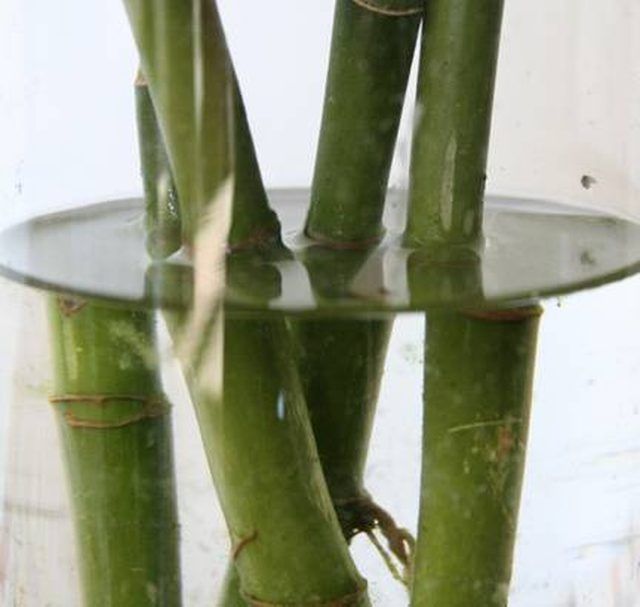Bulbs
Flower Basics
Flower Beds & Specialty Gardens
Flower Garden
Garden Furniture
Garden Gnomes
Garden Seeds
Garden Sheds
Garden Statues
Garden Tools & Supplies
Gardening Basics
Green & Organic
Groundcovers & Vines
Growing Annuals
Growing Basil
Growing Beans
Growing Berries
Growing Blueberries
Growing Cactus
Growing Corn
Growing Cotton
Growing Edibles
Growing Flowers
Growing Garlic
Growing Grapes
Growing Grass
Growing Herbs
Growing Jasmine
Growing Mint
Growing Mushrooms
Orchids
Growing Peanuts
Growing Perennials
Growing Plants
Growing Rosemary
Growing Roses
Growing Strawberries
Growing Sunflowers
Growing Thyme
Growing Tomatoes
Growing Tulips
Growing Vegetables
Herb Basics
Herb Garden
Indoor Growing
Landscaping Basics
Landscaping Patios
Landscaping Plants
Landscaping Shrubs
Landscaping Trees
Landscaping Walks & Pathways
Lawn Basics
Lawn Maintenance
Lawn Mowers
Lawn Ornaments
Lawn Planting
Lawn Tools
Outdoor Growing
Overall Landscape Planning
Pests, Weeds & Problems
Plant Basics
Rock Garden
Rose Garden
Shrubs
Soil
Specialty Gardens
Trees
Vegetable Garden
Yard Maintenance
Why Do Bamboo Plants Turn Yellow?
Why Do Bamboo Plants Turn Yellow?. Bamboo outdoors can survive well as long as it does not get too much direct sunlight (five hours per day is best) and has plenty of time to establish good roots before winter. Indoor plants are much trickier to care for. Bamboo grows very fast in soil, so you may need to repot it frequently. Bamboo grow different...

General Care
Bamboo outdoors can survive well as long as it does not get too much direct sunlight (five hours per day is best) and has plenty of time to establish good roots before winter. Indoor plants are much trickier to care for. Bamboo grows very fast in soil, so you may need to repot it frequently. Bamboo grow different roots depending on whether they are in soil or water, so if you are transferring a plant from soil to a vase, clean off all the soil from the plant's roots. When in water, the plants require fairly precise water levels -- about an inch from the bottom of the stalks -- and periodic fertilization. You can use a weak solution of fertilizer in the water, and the kind used for African Violets works well. If your bamboo grows too big, give it less fertilizer.

Yellow Leaves
Like all plants, bamboo must shed its leaves and grow new ones. In order to get the old leaves to fall, the plant cuts off nutrition to it, and during the process, the leaves may turn yellow before dropping. Because different leaves die at different times, the plant may frequently display a mixture of yellow and green leaves. If all of the leaves are turning yellow at once, you have a problem.
Yellow Stalks
If most or all of the leaves are dying at once, you may also notice the stalks turning yellow. The two main causes are too much sun or a problem with the water. You need to change the water weekly, and in some cases, you may need to use distilled or spring water if your tap water is treated with too much sodium or fluoride. Try moving the plant further from a window as well. If you notice the problem early enough, these steps may save the stalk, and it will eventually grow new leaves.